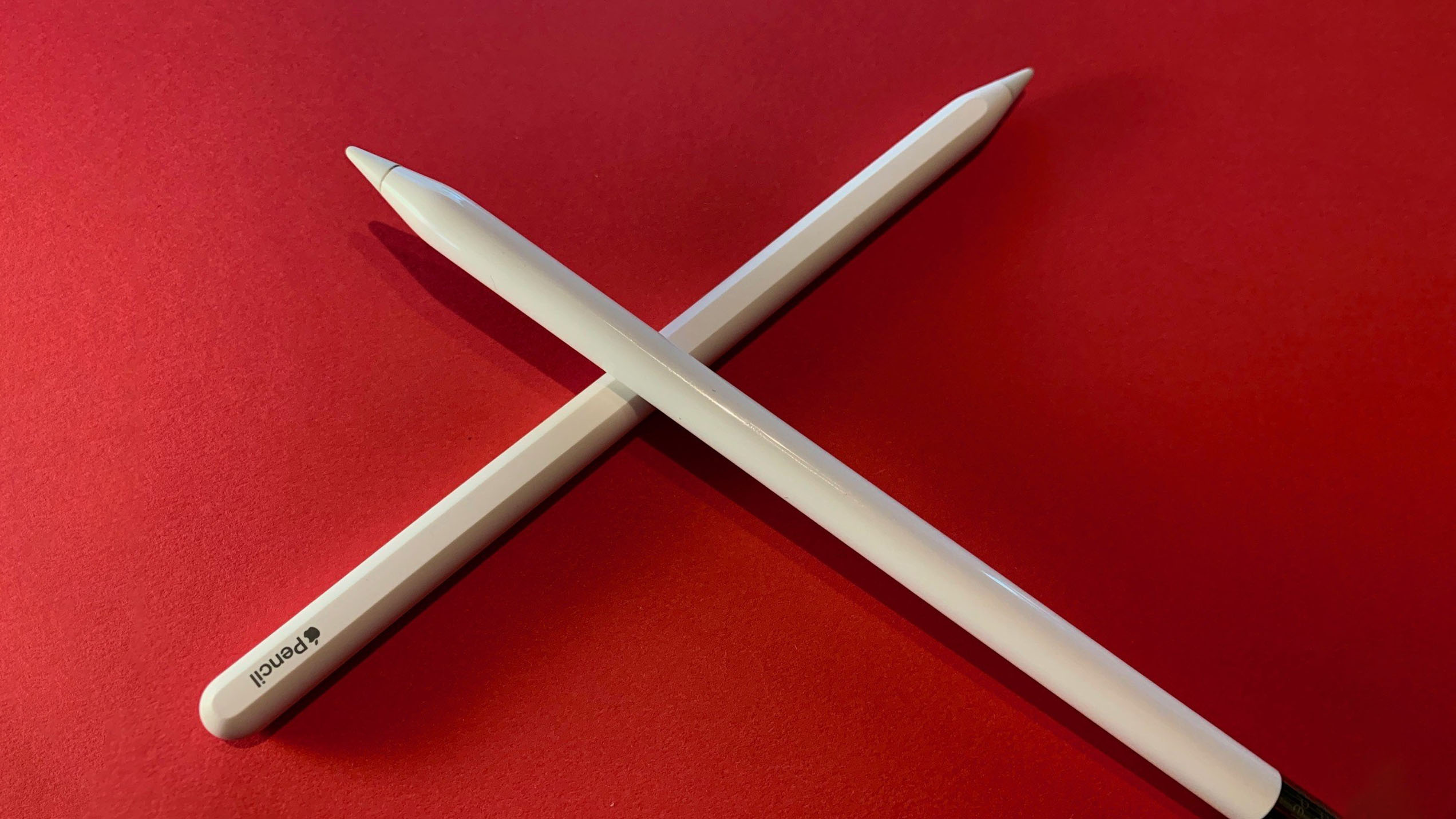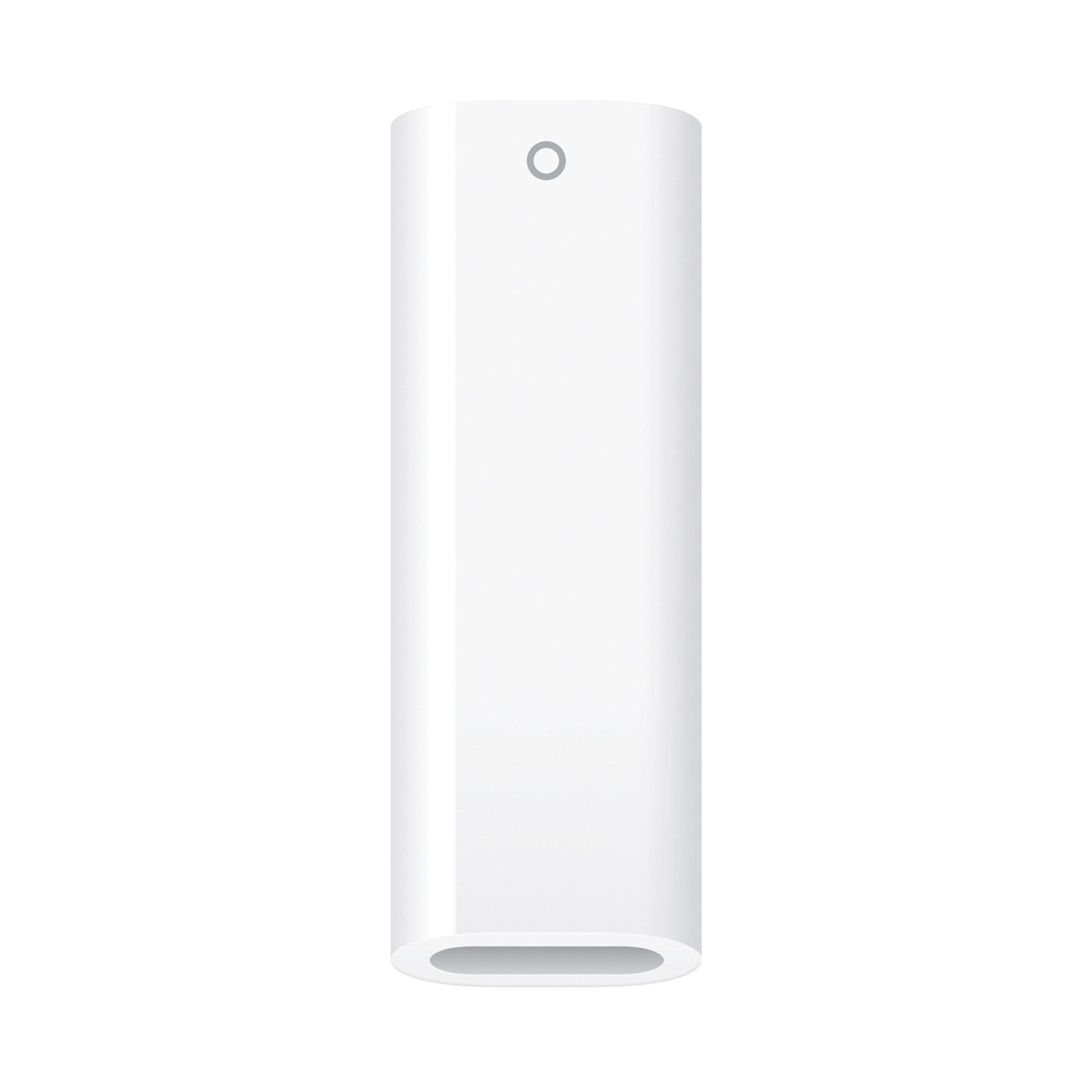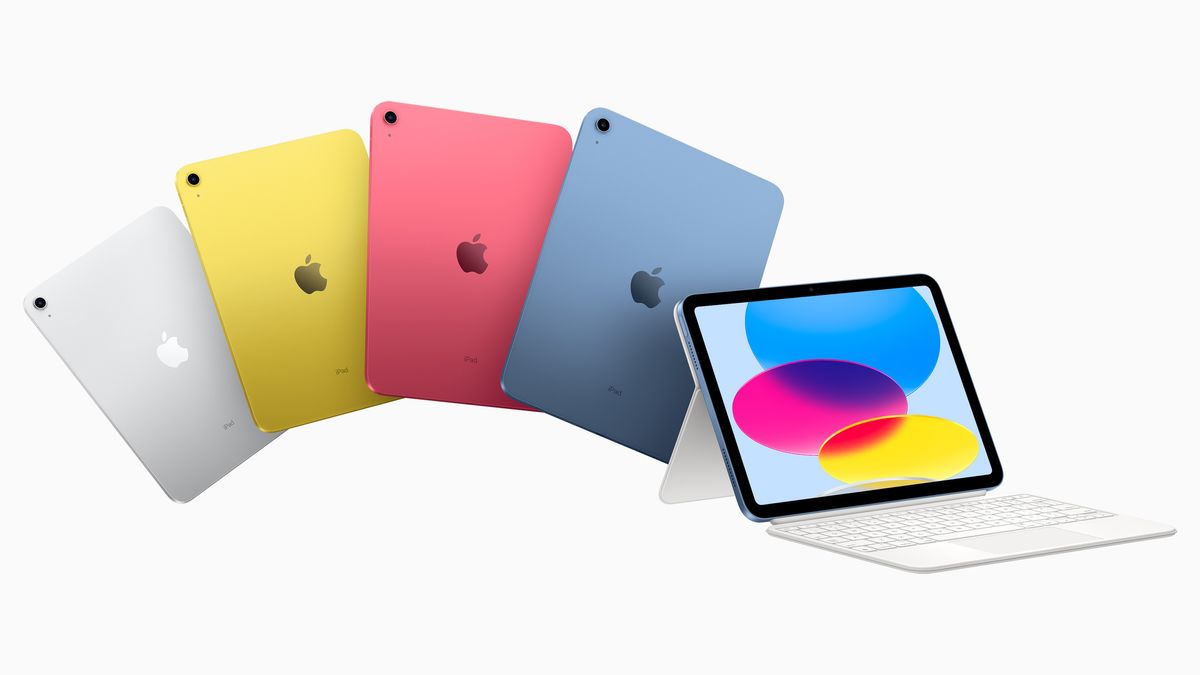On Tuesday, Apple revealed a significantly updated 10th-gen new iPad for 2022 with many significant advances, including being the last Apple tablet to switch from Lightning to USB-C.
This is a well-meaning and expected change as governments, including the EU, require that electronic devices use USB-C as the new charging standard. And yet, the change could prove problematic for iPad (2022) buyers who want to use an Apple Pencil.
Like previous generations, the iPad (2022) only works with the Apple Pencil (1st generation). However, because the new iPad comes with a USB-C port, not LIghtning, it’s not possible to charge the Apple Pencil using the tablet unless one purchases a $9 USB-C to Apple Pencil dongle.
I’ve gone back and forth over whether Apple’s decision to stick with the Apple Pencil (1st-generation) for the iPad (2022) was the right one.
A somewhat stupid move
On the one hand, Apple’s decision to stick with Apple Pencil (1st-generation) compatibility for the new iPad makes sense. Despite a questionable over $100 price increase that puts the device at odds with the iPad Air 5, the 10th-generation model is still considered a budget device. Requiring current Apple Pencil (1st-generation) owners to purchase the $129 Apple Pencil (2nd-generation) to work with the new iPad could be prohibitive for many. And besides, the Apple Pencil (1st-generation) has been around for a long time now, meaning plenty of people will already have other charging solutions, so they won’t have to buy that goofy dongle.
There’s another argument to be made, however, which makes Apple’s move to stick with the Apple Pencil (1st-generation) less sound. At $449, Cupertino’s “budget” tablet is $129 more than the previous model. For this, you get a bigger and better display, improved cameras, an advanced chip, and more. You don’t get Apple Pencil (2nd-generation) compatibility, however.

The 10th-generation iPad is now the only current Apple tablet not to work with the newer Apple Pencil, which offers many advantages compared to the older input device. Many, being required to pay $449 for a budget iPad, might find that an unfortunate move on Apple’s part.
Historically, Apple hasn’t had a problem retiring older technology, even if it upset customers in the short term. The most obvious example is when the company released the third-generation iPad in March 2012, only to retire it seven months later when the fourth-generation model arrived. The former included a 30-pin dock connector, while the latter had a Lightning connector.
A recent example is when the iPhone 7 became the first Apple smartphone without a headphone jack. In that case, Apple also released a dongle so customers could continue to use wired headphones, this time using the device’s Lightning connector.
In the previous instances, Apple’s moves were to advance newer technology (Lightning connector, wireless audio). By not offering Apple Pencil (2nd-generation) support on the latest iPad, Apple’s forcing customers to use older technology on a brand-new device.
Where you fall on this debate probably has a lot to do with whether you have an existing Apple Pencil or want to use one for the first time. It could prove to be an exciting debate moving forward. If you’re still questioning which iPad to buy, consider our guide on the best iPads.
You can now pre-order an iPad (2022). It officially goes on sale next Wednesday, October 26.

